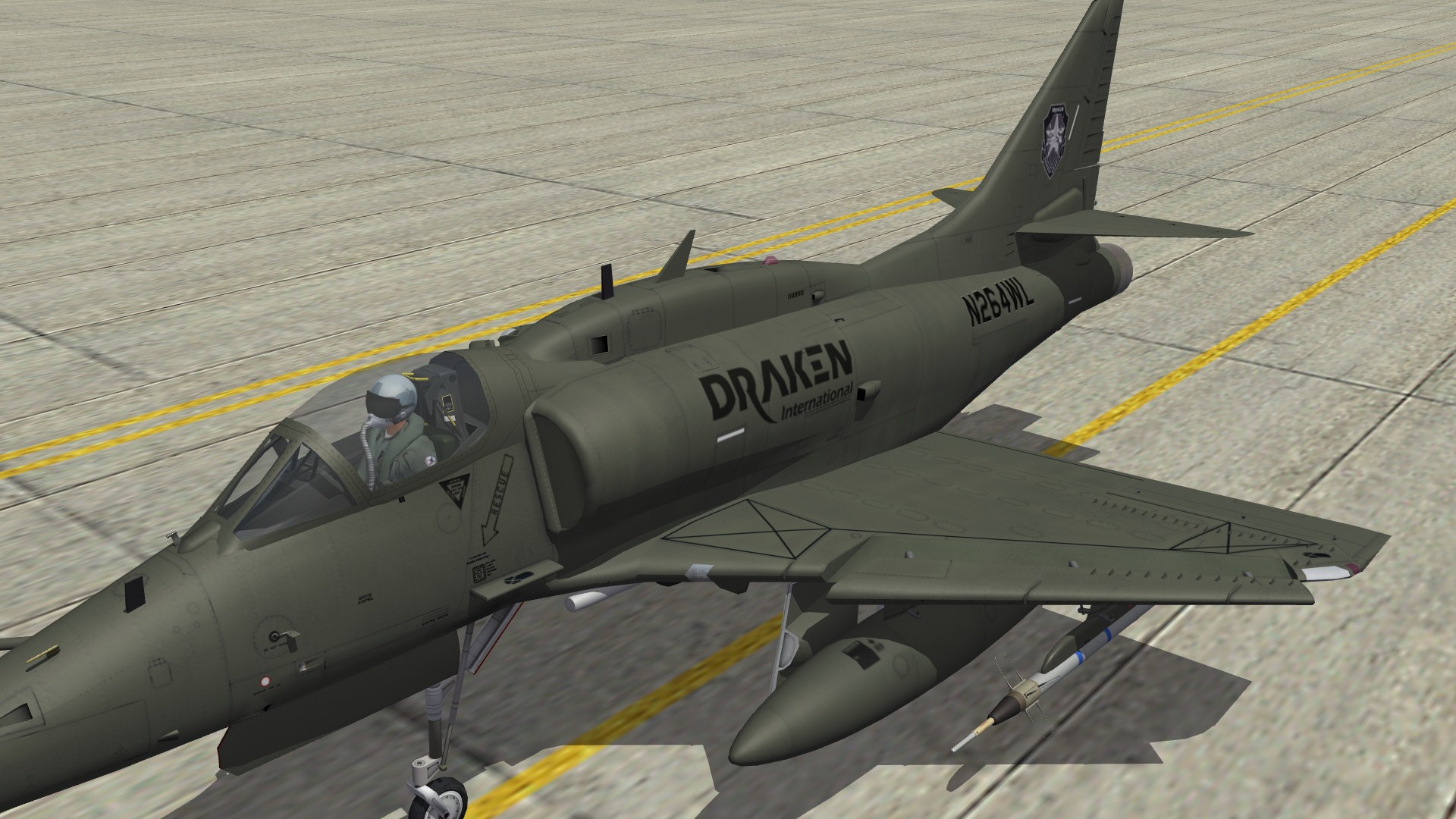

Google the iconic photo of his flyby during the summer of 1986, just as the movie Top Gun was heading into theatres, and prepare to be amazed that a wingtip could sneak so far beneath an aircraft-carrier deck. Dale “Snort” Snodgrass, a Smithsonian honouree as the all-time F-14 Tomcat high-flyer. “Jive” also managed to pull in a living legend: retired Navy Top Gun Capt. Sean “Stroker” Gustafson, another USAF pilot and former Thunderbird, born in Ohio but raised in Kenora, Ontario. Lieutenant Colonel John “Slick” Baum, an ex-Thunderbird demonstration pilot, F-16 pilot and Weapons School instructor, joined the team, as did Lt. They were joined by Doug “Tut” Demko, the only other civilian pilot (who, with Isaacman, had set a record for circling the earth in a business jet, in 62.5 hours). “Jive” was the team leader and “Rook” - the Rookie - Isaacman flew right wing. Pilots are stretched thin, enforcing no-fly zones and supporting ground operations in the Middle East and elsewhere - spending months or years away from their families. Despite a continuous need for pilots and planes, budgets have plunged since the Cold War. The United States Air Force has been on war footing since Desert Storm, the first Gulf War operation of 1990–91. Whatever Isaacman has going on must be working, since the significance of Draken fighter jets parked beside F-22s and F-35s - the pride of the USAF air fleet - at such an essential airbase is unmistakable, too.īeing a military fighter pilot is a difficult job - and not for all the reasons you’d think.
/cdn.vox-cdn.com/uploads/chorus_image/image/66079349/drake_future_life_is_good.0.jpeg)
He’s also put some of the best flyers alive at the controls - all with the goal of helping air forces train and retain their prized Top Guns more cheaply and efficiently. He’s amassed a collection of military aircraft that’s already the world’s largest privately owned tactical fleet. Now 34, and disinclined to spend his wealth on sports teams or yachts as other billionaires are prone to do, Isaacman’s accomplishment with Draken is unique in aviation. These ventures made Isaacman a billionaire by his mid-twenties, and gave him the means to bankroll Draken. Among them was Harbortouch, which would grow to be one of the world’s largest credit card payment processors, in the business of approving and declining credit card sales. As a teenager, Isaacman created several start-ups in his parents’ basement in Allentown, Pennsylvania. Within spitting distance of the Weapons School is a hangar belonging to Draken International, a private company that provides “contract air support.” Its pilots - who are all ex-military, and about 80 per cent of whom are USAF Weapons School grads - play the role of “bad guys” against air force “good guys” in live aerial combat exercises, like those at Nellis.ĭraken’s CEO is Jared Isaacman, a civilian pilot and former airshow performer (certifications he earned in his spare time).
#DRAKEN FUTURE PATCH#
It takes precedence over any other patch it’s the only one that can never be ordered removed. Folks here know what the Weapons School patch, worn on the left shoulder of a flight suit, signifies. Less than one per cent of fighter pilots - 10 to 20 per year - are invited to complete essentially a PhD in warrior tactics inside low, unassuming squadron buildings that line the runway. Military culture is awash in symbolism, so it’s a big tell that amid this imposing hardware you’ll find the United States Air Force Weapons School, equivalent to the Navy’s Top Gun program.

On the other side of the mountain is Area 51 - Lord knows what might be taking off from there.

At a second, distant runway in front of Sunrise Mountain, B-1 bombers are readying for the third wave of takeoffs to the Nevada Test and Training Range. One by one, jets scream in to land near massive, parked C-17 transport aircraft and KC-135 aerial-refueling tankers.


 0 kommentar(er)
0 kommentar(er)
